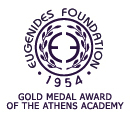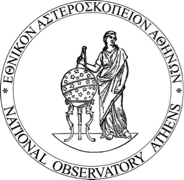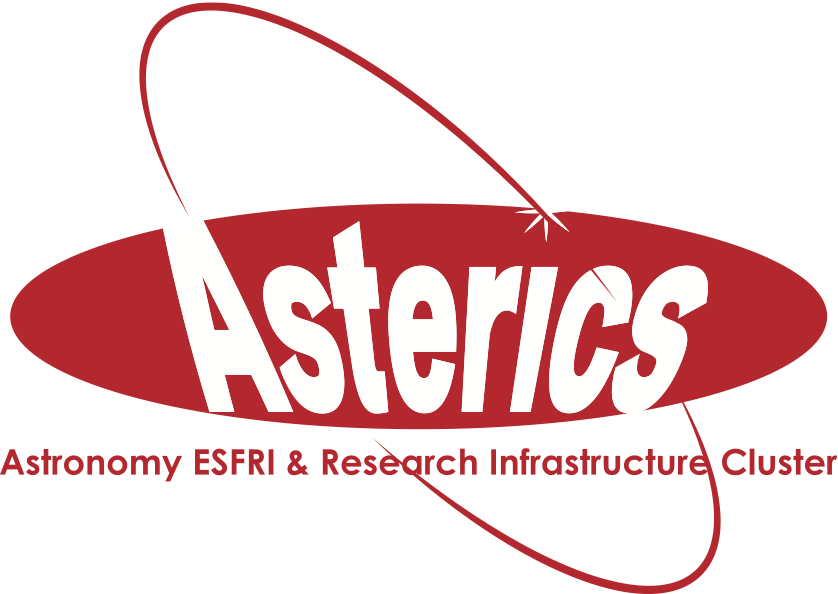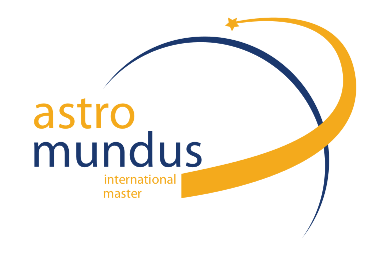|
Symposium S4
5 – 7 July 2016
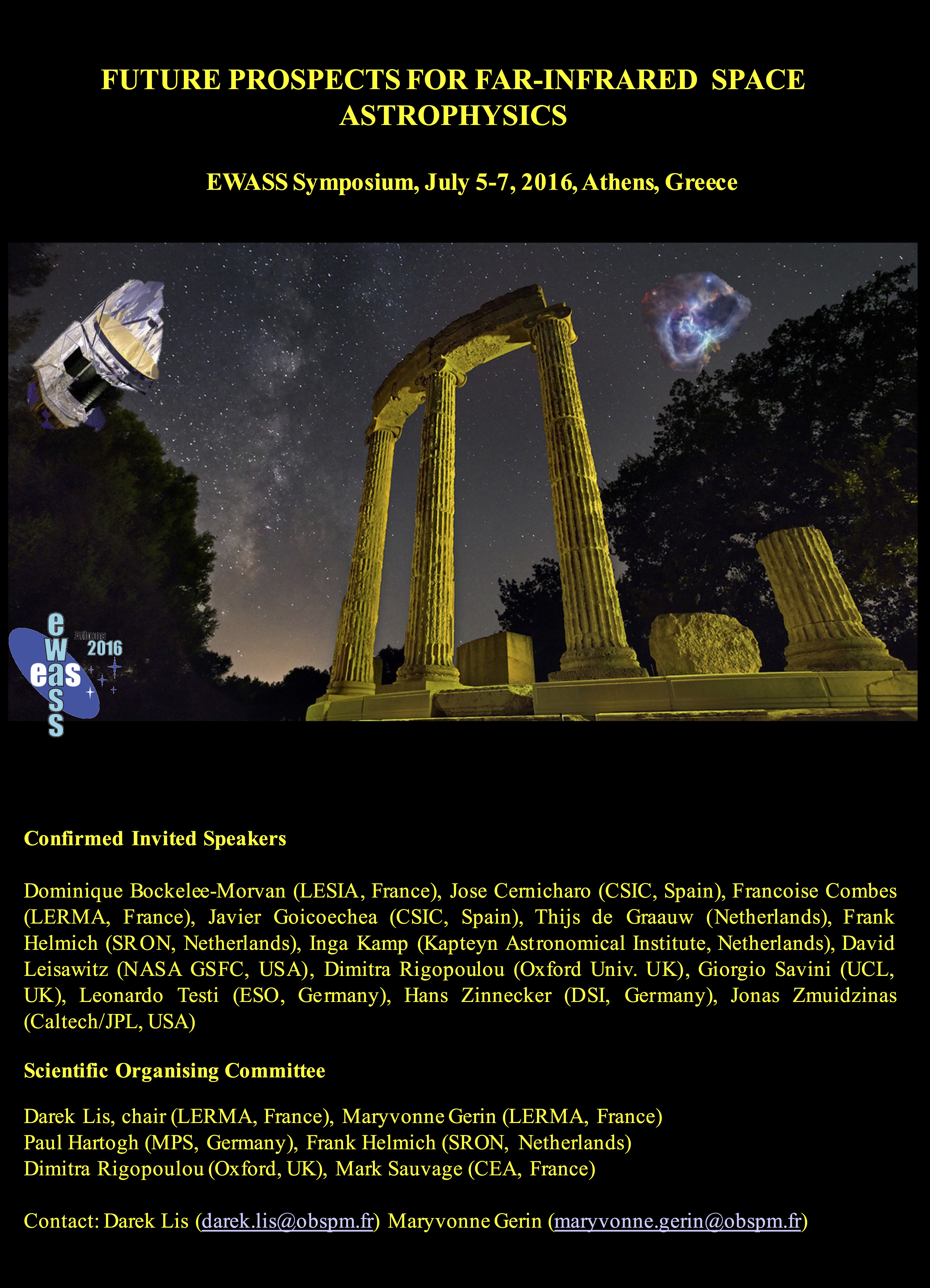
News:
- 4 Jan 2016 First announcement
- 1 Feb 2016 Second announcement and call for contributed talks and posters
- 15 Feb 2016 Deadline for very early registration
- 15 Mar 2016 Abstract submission deadline
- 15 Apr 2016 Third announcement including the final program
- 30 Apr 2016 End of early bird registration
- 4 Jul 2016 End of regular registration
- 5-7 Jul 2016 EWASS Symposium S4
Aims and scope
The FIR spectral region enables studies of the thermal dust continuum emission and key atomic and molecular cooling lines, revealing the cold universe, hidden from view at UV or optical wavelengths. Over the past two decades, space missions such as the Infrared Space Observatory, Spitzer, Herschel, Planck, and Akari have revealed the intricate interactions between stars and the interstellar medium of the Milky Way and external galaxies. They have refined our understanding of star formation as a function of cosmic time and of the role of AGNs in galaxy evolution. The new ground-based and airborne submillimeter/FIR facilities, notably ALMA and SOFIA, will allow to continue these studies. However, it is now imperative to start planning the FIR space missions of the future. The FIR Roadmap, currently under development by a group of European scientists, will present a science-driven vision for the future of European FIR space astrophysics that builds on the remarkable successes of the past and focuses on the unique aspects of the FIR.
The goal of the EWASS symposium is to present the FIR Roadmap to the European astronomical community, to define the most compelling science cases and the required technical capabilities, to discuss the status of the FIR missions currently under consideration, and to formulate a community action plan for the future. The symposium will include invited talks covering a broad range of topics from the early universe, galaxy formation and evolution, interstellar medium and star formation, protoplanetary and debris disks, evolved stars, and solar system, to key technological aspects, including telescope architecture and detectors. The goal is to anticipate what key science questions that will require FIR space instrumentation will remain unanswered 10 years from now, and what technical advancements that will be needed to answer them.
In addition to the invited talks, the symposium will also include contributed talks and posters, with ample time left for discussion.
Programme
- Galaxy formation and evolution
- Cosmology and cosmic microwave background
- Interstellar medium and star formation
- Solar system
- Evolved stars
- Far-infrared space technologies
- Current and future far-infrared facilities
- Far-infrared roadmap
- Panel discussion
Invited speakers
- Dominique Bockelee-Morvan (LESIA, France)
- Jose Cernicharo (CSIC, Spain)
- Francoise Combes (LERMA, France)
- Javier Goicoechea (CSIC, Spain)
- Thijs de Graauw (Netherlands)
- Frank Helmich (SRON, Netherlands)
- Paul Hartogh (MPS, Germany)
- Inga Kamp (Kapteyn Astronomical Institute, Netherlands)
- David Leisawitz (NASA GSFC, USA)
- Roberto Maiolino (Cambridge University)
- Dimitra Rigopoulou (Oxford University, UK)
- Giorgio Savini (UCL, UK)
- Jan Tauber (ESA, Netherlands)
- Leonardo Testi (ESO, Germany)
- Hans Zinnecker (DSI, Germany)
- Jonas Zmuidzinas (Caltech/JPL, USA)
Scientific organisers
- Darek Lis (LERMA, France)
- Maryvonne Gerin (LERMA, France)
- Paul Hartogh (MPS, Germany)
- Frank Helmich (SRON, Netherlands)
- Dimitra Rigopoulou (Oxford University, UK)
- Marc Sauvage (CEA, France)
Contact
Updated on Thu Jun 30 10:59:23 CEST 2016
|
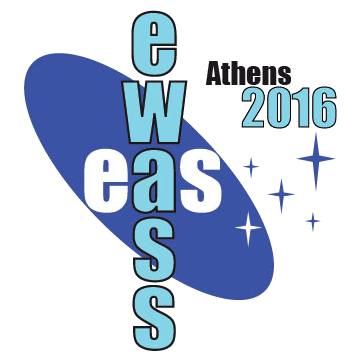
 A power cut will shut down all EAS services on Tuesday, 10 January 2017 starting at 7:30 CET.
A power cut will shut down all EAS services on Tuesday, 10 January 2017 starting at 7:30 CET.


